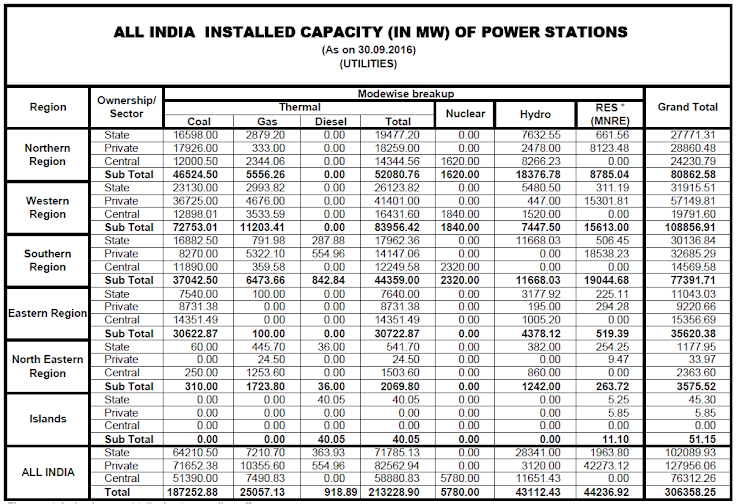During 2005-2009, the Centre took two major initiatives in the coal sector ostensibly to mitigate the energy crisis but only to leave coal and power sectors in a mess.
First, the Government divested the ‘national miner’, Coal India Ltd (CIL), of nearly 40 per cent of its reserves and handed over these assets to some 300 captive miners, mainly power producers like NTPC.
In a parallel move, the Standing Linkage Committee, chaired by the Coal Secretary, promised supplies for generating some 1,08,000 MW of power. The aim was to double the country’s generating capacity in the five-year period 2007-12.
CIL to pay penalty
The captive mining route remained a non-starter with the total coal production around 30 million tonnes in March 2012 against the targeted 200 mt.
Faced with the prospect of not meeting the supply commitments and penalties, CIL has been blaming the government for what the miner calls reckless distribution of linkages.
Of the proposed power projects, only 75 per cent, or 78,000 MW, requiring some 360 million tonnes of coal is under implementation and expected to be complete by March 2017. But that is still no relief for CIL.
If all these power stations come up on time, CIL will end up paying huge penalties for failing to honour the fuel supply pacts.
The miner will not be able to meet even the lower level of supplies it has committed to.
In a recent interview to Business Line, CIL Chairman S. Narsing Rao said the company was forced to commit supplies to new capacities sacrificing business and commercial interests.
The Government wants CIL to step up production by 41 per cent from 435 mt in 2011-12 to 615 mt in 2017. But Rao claims the target was set in complete disregard of the production potential.
If Rao is in a quandary, the power and the banking sectors face some real problems. And, they see the distribution of linkages at the root of the trouble.
‘No rationale’
“There was no rationale of issuing so many linkages,” says Ashok Khurana, a former bureaucrat and the Director-General of the Association of Power Producers (APP).
The Linkage Committee has to go by CIL’s advice. Records suggest that beginning 2006 CIL has been consistently warning the government about a looming supply shortfall.
But the government appears to have ignored them. The equation is quite simple.
In March 2009, CIL supplied 306 mt of coal for 60,000 MW capacities, at 90 per cent of the demand level. To cater to an additional 1,08,000 MW under the same terms, the company will have to come up with 450 mt more coal, which is double CIL’s production in 2012-13.
“Overestimating coal production by over 50 per cent is unacceptable,” says a senior official in a generation company on condition of anonymity.
The mess in power
While only the Coal Ministry can explain the rationale behind its decisions, some fly-by-night operators made quick bucks by selling project proposals, supported with fuel linkages, at a premium.
And, many of those who ended up investing in power plants, with 70 per cent bank finance, are now staring at huge losses.
Till date, approximately 40,000 MW capacities, awarded linkages, are on stream. But, many of them are underutilised due to lower supply of cheap fuel by CIL vis-à-vis lack of demand for costly imported coal based electricity.
The most affected are the private sector operators, who had set up projects through an equally impractical fixed tariff based bidding mechanism.
Another 7,000 MW generation capacities are languishing as they could not turn the captive assets into production.
And, on top of all there are approximately 4,500 MW capacities which came up without any fuel support — the unique example of a euphoria that gripped the nation in the last decade.


